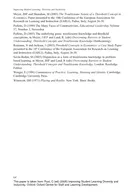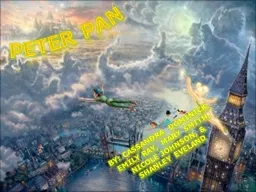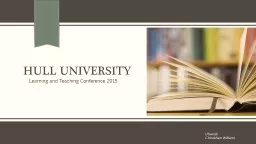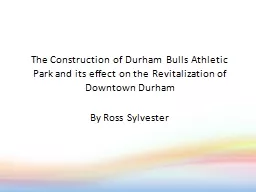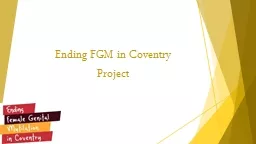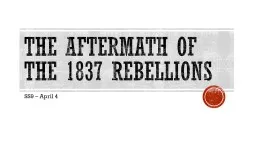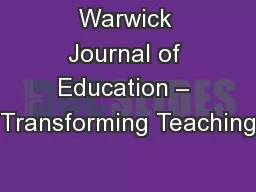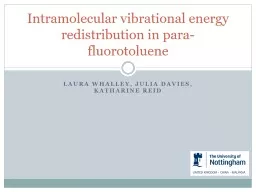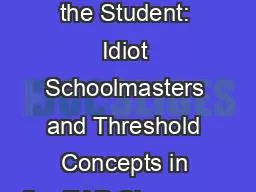PDF-Threshold concepts and troublesome knowledge implications for course design and evaluation
Author : sherrill-nordquist | Published Date : 2014-12-27
0 Introduction It has long been a matter of concern to teachers in higher education why certain students get stuck at particular points in the curriculum whilst
Presentation Embed Code
Download Presentation
Download Presentation The PPT/PDF document "Threshold concepts and troublesome knowl..." is the property of its rightful owner. Permission is granted to download and print the materials on this website for personal, non-commercial use only, and to display it on your personal computer provided you do not modify the materials and that you retain all copyright notices contained in the materials. By downloading content from our website, you accept the terms of this agreement.
Threshold concepts and troublesome knowledge implications for course design and evaluation: Transcript
Download Rules Of Document
"Threshold concepts and troublesome knowledge implications for course design and evaluation"The content belongs to its owner. You may download and print it for personal use, without modification, and keep all copyright notices. By downloading, you agree to these terms.
Related Documents

